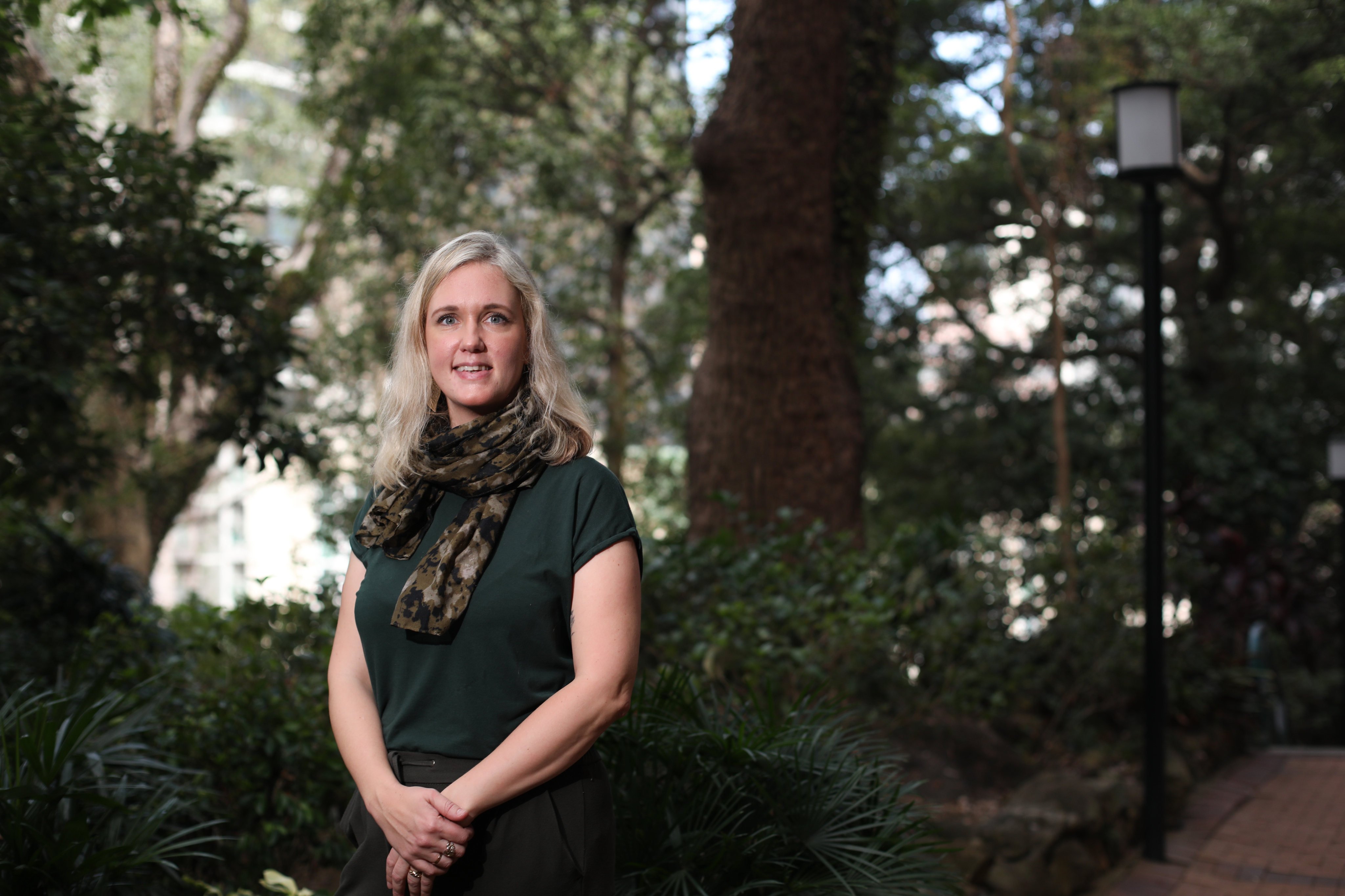
- Wildlife trade researcher Astrid Andersson talks about how her passion for Hong Kong and its flora and fauna fuelled a career in conservation
My parents are from a tiny village in Sweden called Borensberg. They met when they were 16. My dad studied engineering and became an investment banker.
I was born in 1986, and in 1989, when my younger brother was only a few months old, we moved to Hong Kong. Although I was born in Sweden, I do not feel I am Swedish at all. Hong Kong is my home and I feel passionately and strongly about the city.
I grew up living in Chung Hom Kok, on Hong Kong Island. I had access to beaches, mountains and hiking trails, and had a real passion for wildlife. I had a few pets – a red-eared slider and a yellow bird – but I released them because I wanted them to be free.
Somewhere in my childhood psyche it was ingrained that animals shouldn’t be held captive. I preferred to see them in the wild. I was always looking for snakes, to my mum’s horror.
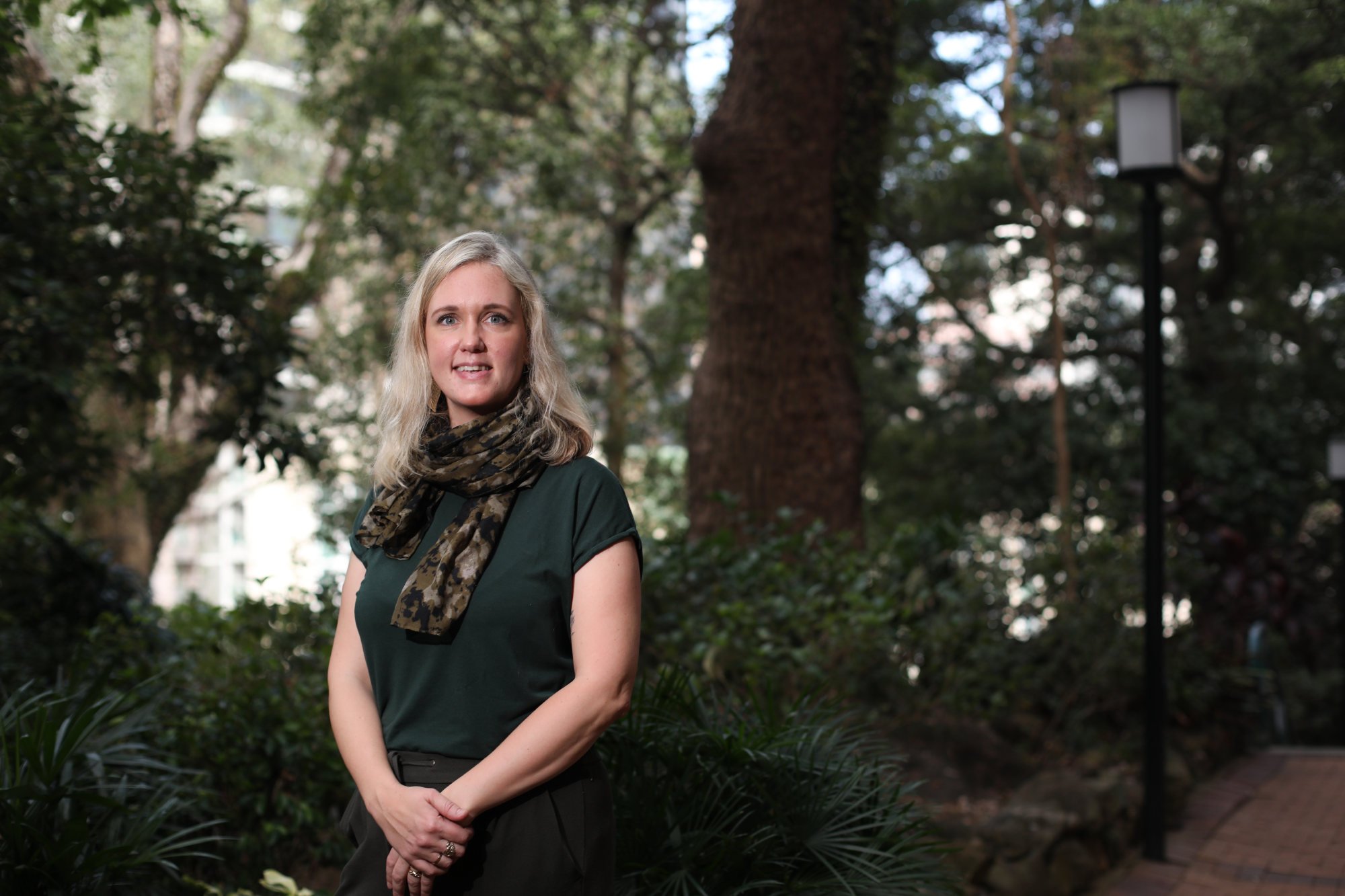
Skyscrapers for sheep
I went to Kellett School, then West Island School, which at the time was very new. I completed high school at Rendcomb College, a boarding school in Gloucestershire, in the UK, trading in the skyscrapers for sheep.
At school, science wasn’t taught in terms of how it related to nature and I wasn’t that interested in science as a kid. I believed I couldn’t do wildlife or conservation as a career. I was also interested in international development, so that’s what I studied at Leeds University.
I had a housemate, so I couldn’t go back to my apartment, so we quarantined together at his place. And then I basically didn’t leaveAstrid Andersson on meeting her future husband during the pandemic
Initially, I worked as an English teacher and then found a job at the Phuket Gazette, a biweekly newspaper for expats. The thing that also appealed to me was that I’d be surrounded by nature and wildlife. There was a lot of drama on the island.
I wrote stories about Muay Thai fighters getting into brawls, motorcycle accidents, expats getting burgled and tourists being robbed. And I got to do some stories about leatherback turtles stranded on the beach.
Loss and gain
In 2011, I moved back to Hong Kong. I focused my journalism on environmental issues and started volunteering for NGOs that were doing campaign work on environmental issues.
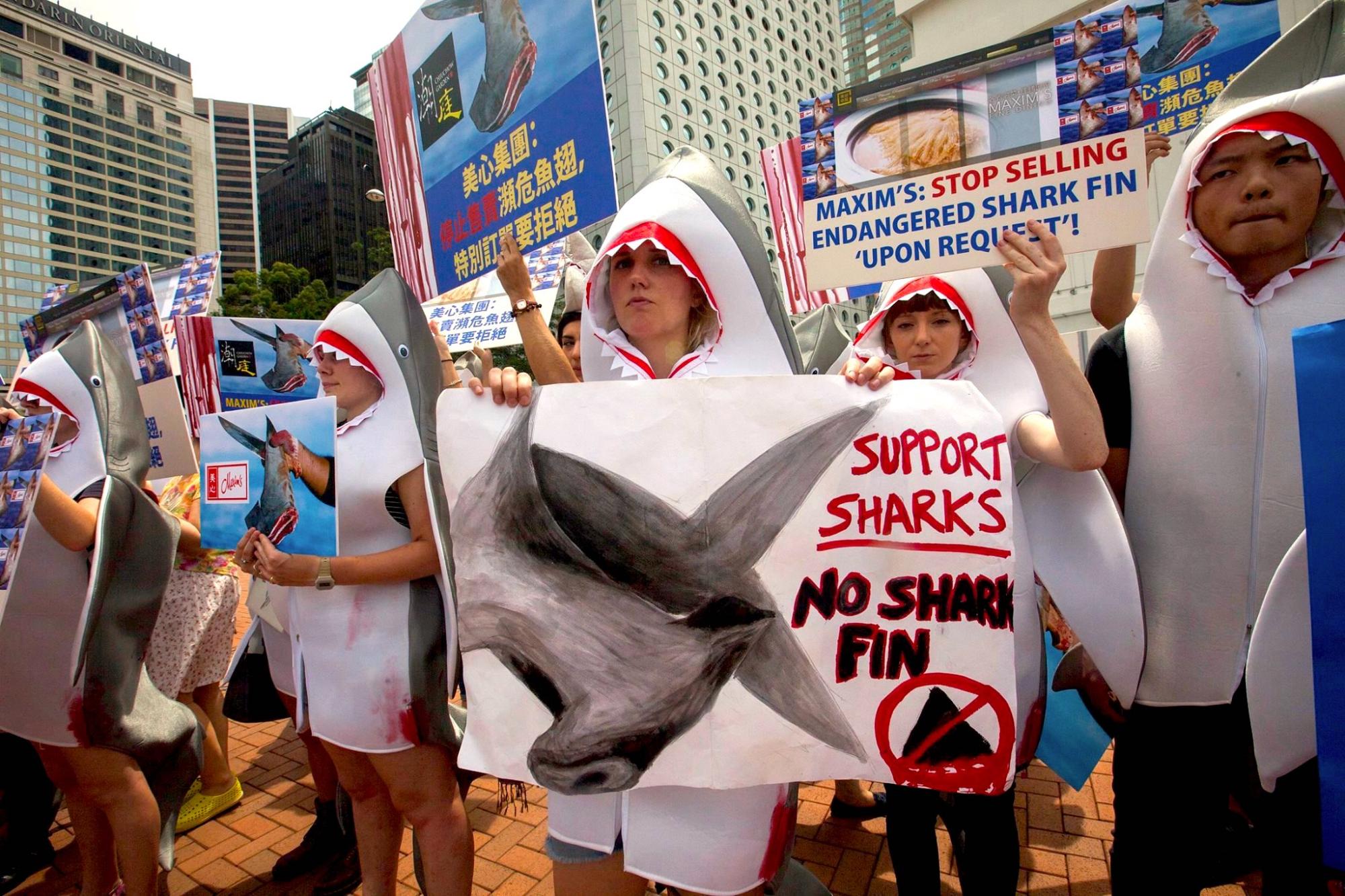
When he passed away, in 2014, I inherited some money which gave me the opportunity to focus on my passion. Without that it wouldn’t have been as easy.
Tusk force
In 2015, there was momentum building over sales of ivory. Stores were only allowed to sell antique ivory, but (campaign group) WildAid Hong Kong had noticed that over the last 10 to 15 years the stockpiles they had were not decreasing.
Hong Kong a sanctuary for cockatoos on brink of extinction
I worked with WildAid Hong Kong and helped get the permits for protests and to get people energised behind this cause – that you are not allowed to sell any ivory that has been poached in recent years.
Cockatoo calling
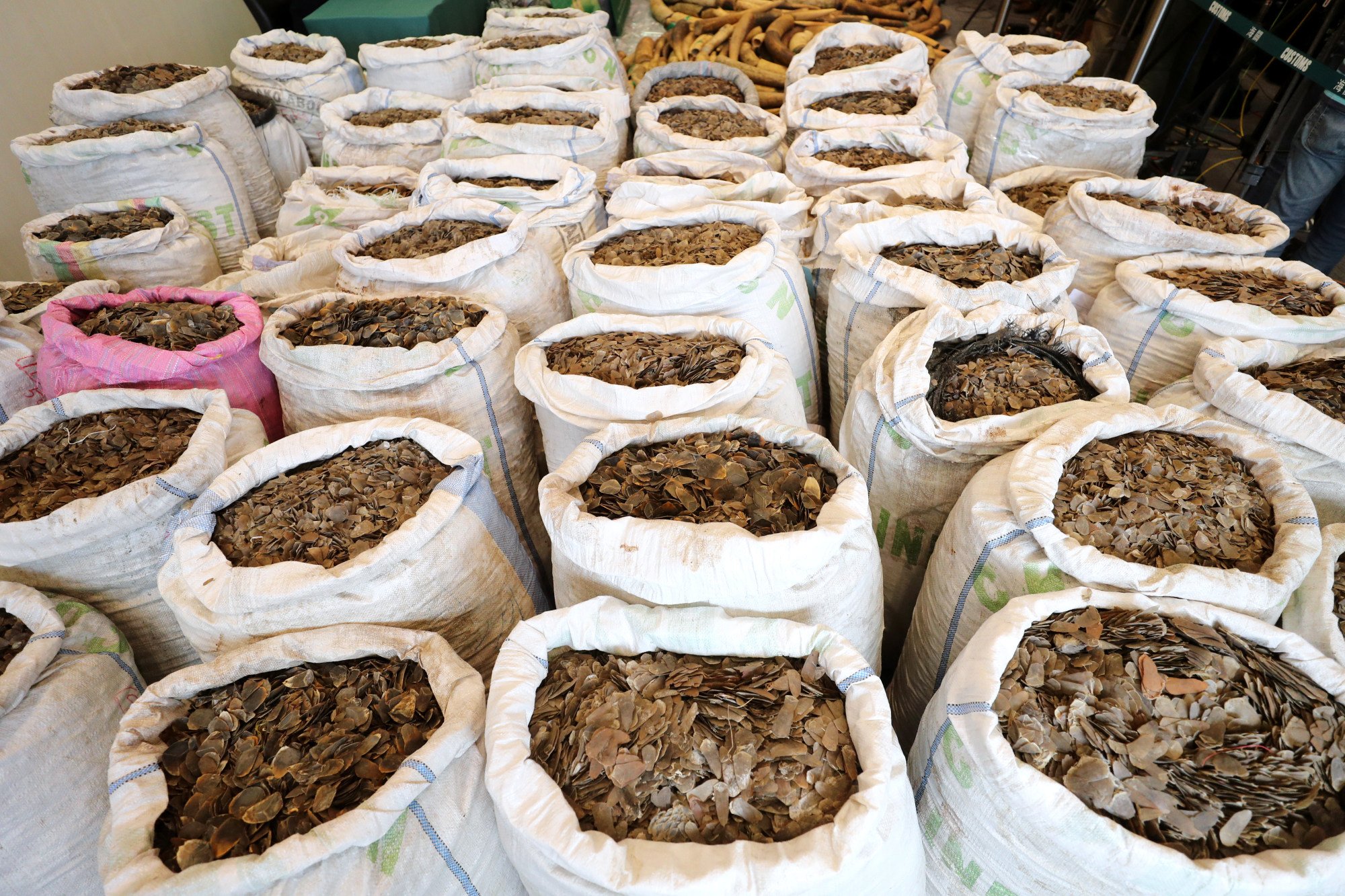
There were huge seizures of pangolin scales in Hong Kong. I wondered if Hong Kong was the end destination or just a transit point. With the Humane Society International, I organised a survey looking into Hongkongers’ attitudes towards pangolins and released a press release with the results.
A professor at Hong Kong University saw it and asked if I’d like to do a PhD on pangolins. Pangolins are widespread throughout Hong Kong and the city has functioned as a protective safe haven.
Initially, the idea was to do a PhD on the pangolin population that we have in Hong Kong, which is free roaming in the country parks. But then I thought it would be easier to study the yellow-crested cockatoos that have also been affected by the wildlife trade, which was the thing I was really interested in.
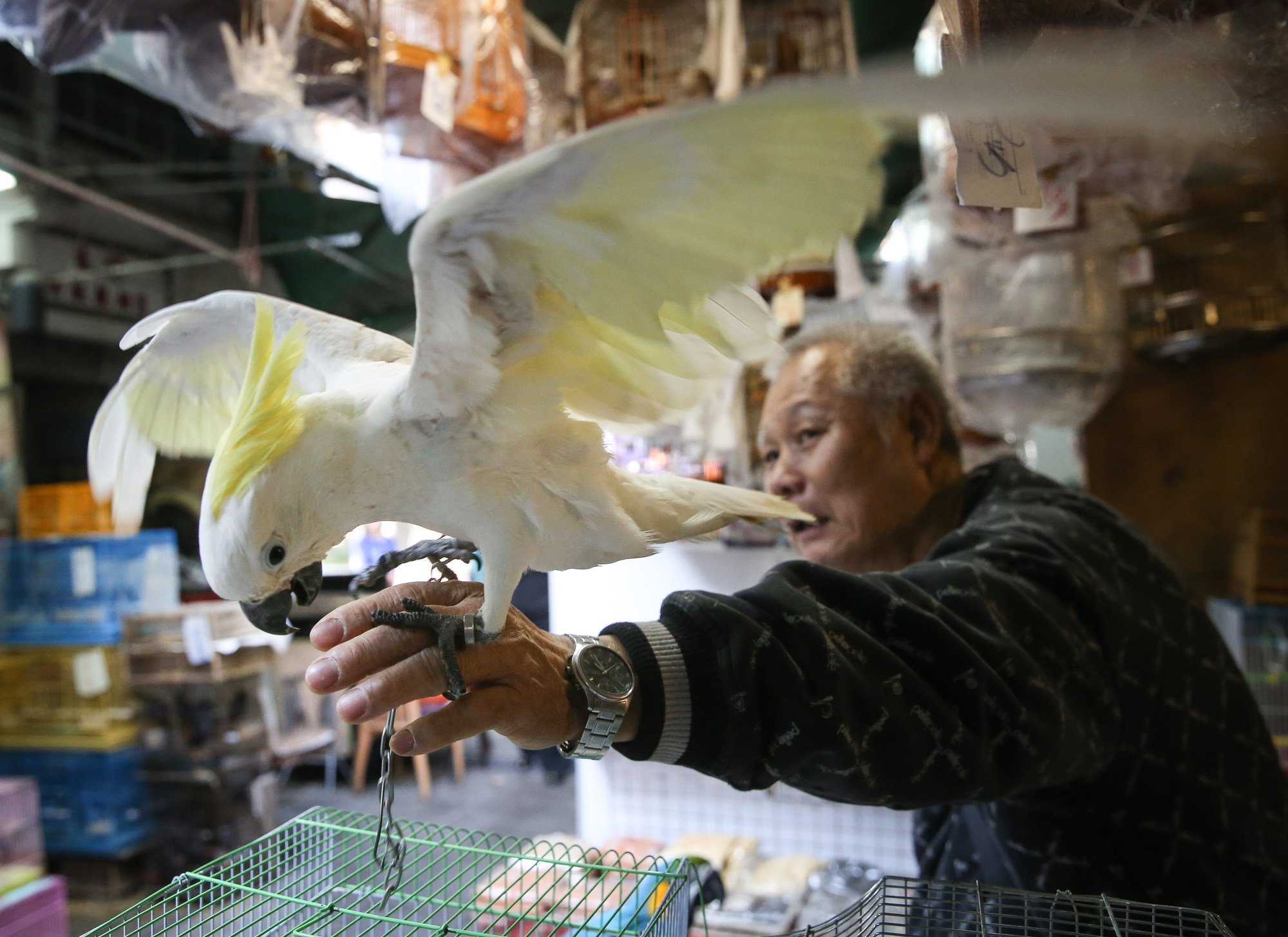
They are in the centre of Hong Kong, they are noisy, they are awake in the daytime – they would be much easier to research than pangolins, which are way up in the hills, nocturnal and solitary.
Captive market
I was able to publish a few chapters of my PhD in scientific journals. One of them involved surveys in the bird market, where I went for almost two years, to check how many yellow-crested cockatoos were for sale.
My theory was that they were being taken from nest holes and sold in the market. We could see there were more on sale here than were imported from farms abroad, so their origins were dubious.

We were able to highlight that there was no real regulation in Hong Kong for home breeding and that there really should be, because then we would be able to reliably trace back to where these cockatoos come from.
Did they come from a legitimate breeder or were they taken from a nest hole in the wild in Hong Kong and sold under the guise of legality in the market? Laundering, essentially.
I also developed a scientific tool that allows you to take a feather and check whether the cockatoo has been eating a diet that is similar to that of a captive bird or a wild one.
Love in the time of Covid
And then I basically didn’t leave. He had a much nicer apartment than me.
What breed is my dog? There’s a pet DNA test for that. Is it worth it?
Rishi works at Google in cybersecurity. We got married during the pandemic. We now have a two-and-a-half-year-old daughter called Agnes. She is showing a keen interest in wildlife, which I’m happy about, and she’s especially obsessed with butterflies and cats.
Flying the coop
I’ve been studying the yellow-crested cockatoo for seven years now. I’ve noticed individual birds that weren’t there before. They might be a different species. Either they escaped through their own ingenuity or perhaps someone released them because they were tired of having the pet.
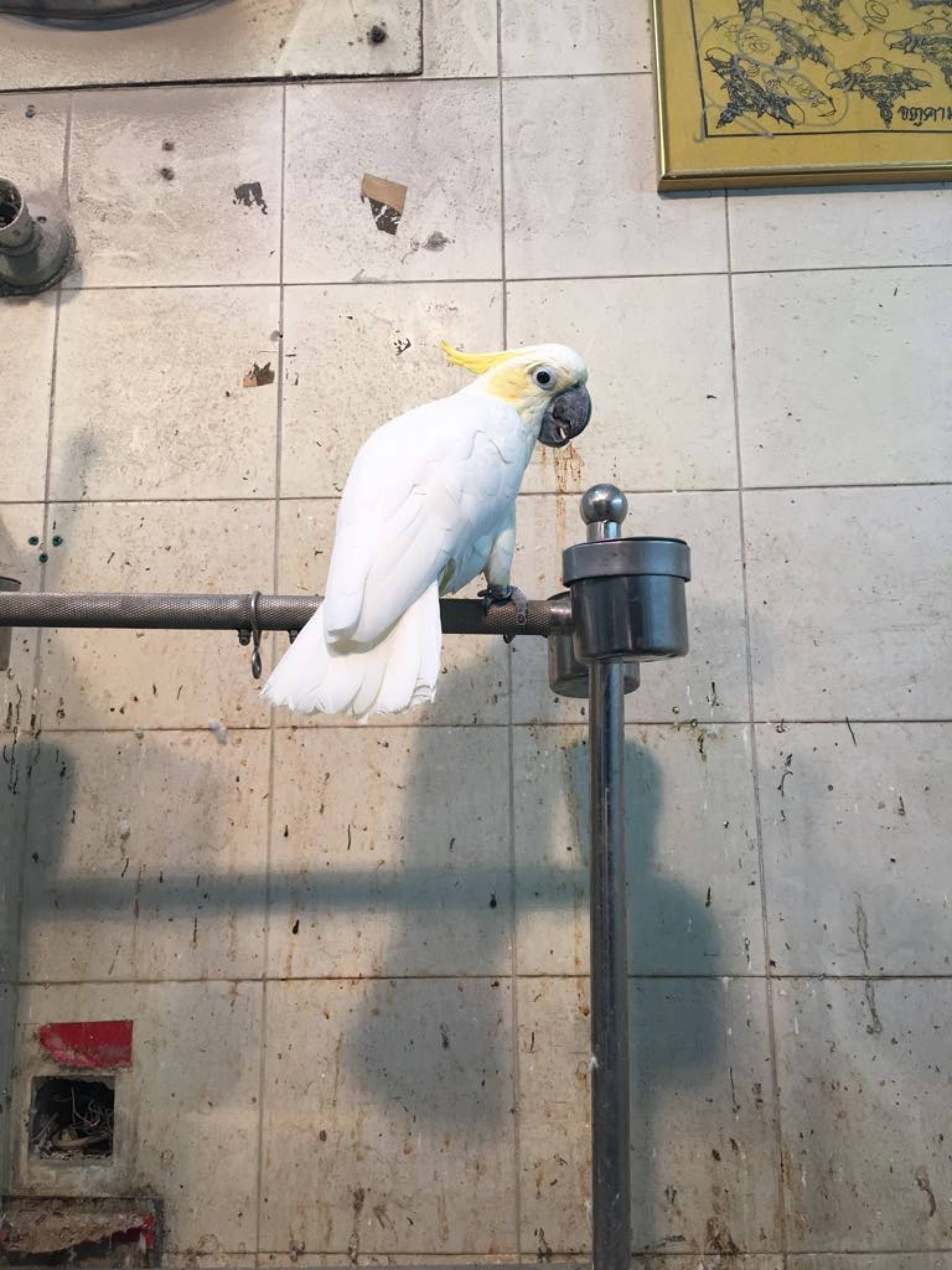
These birds can be monogamous in the wild and pair up for long periods. That can translate in captivity into them only liking one person in the household and really disliking the others.
If you live in a small apartment with a pet that is messy and sometimes aggressive it can be challenging for some people and they release them.
Parrot people
I’m now doing a post-doc focused on the genetics of cockatoos. During my PhD, I was able to sample 40 individuals. Now I’m analysing those samples to see if the Hong Kong population has the same genetic signature as those in Indonesia. If so, what islands are they likely to have come from?
I met a lot of parrot people during my PhD. They are usually obsessed with parrots only. I’m not like that. I don’t want to get pigeonholed – or cockatoo-holed. I selected cockatoos because they are a good model species that demonstrate the issues that I think apply to a lot of wildlife that gets exploited for trade.
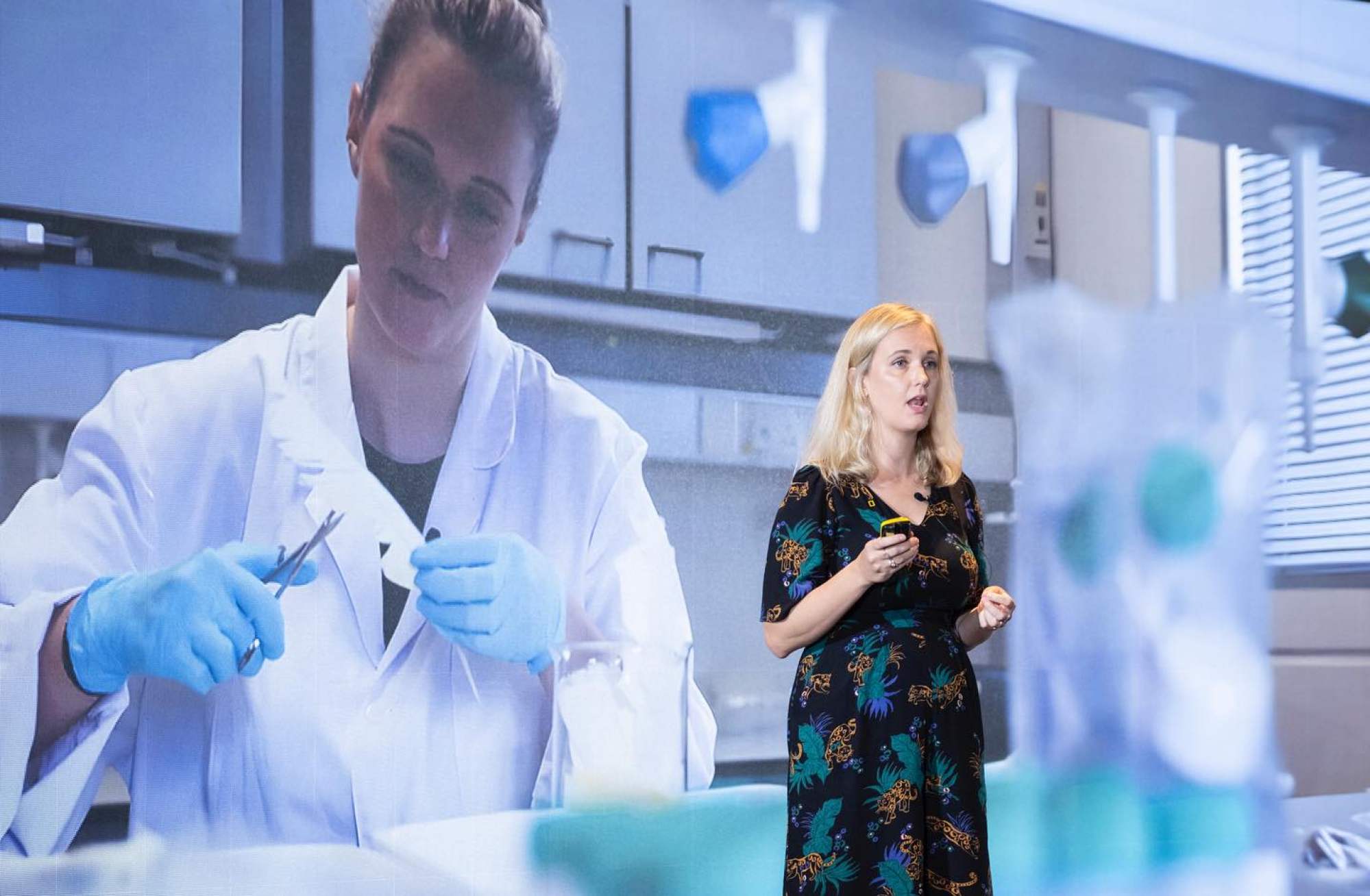
They can live for up to 70 years, sometimes longer, and are concentrated in the urban areas of Hong Kong, such as Admiralty and Wan Chai.
It should be celebrated that something can survive alongside humans in such a dense urban environment. It provides this wonderful engagement for people that live in a city to see this beautiful parrot outside which can help encourage empathy for conservation efforts or nature.

